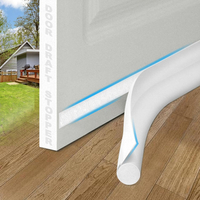5 heat-retaining tricks I use to keep my house warm without turning up the heat
I learned these heat-retaining tricks from my money-savvy veteran dad, and I wouldn't get through winter without them
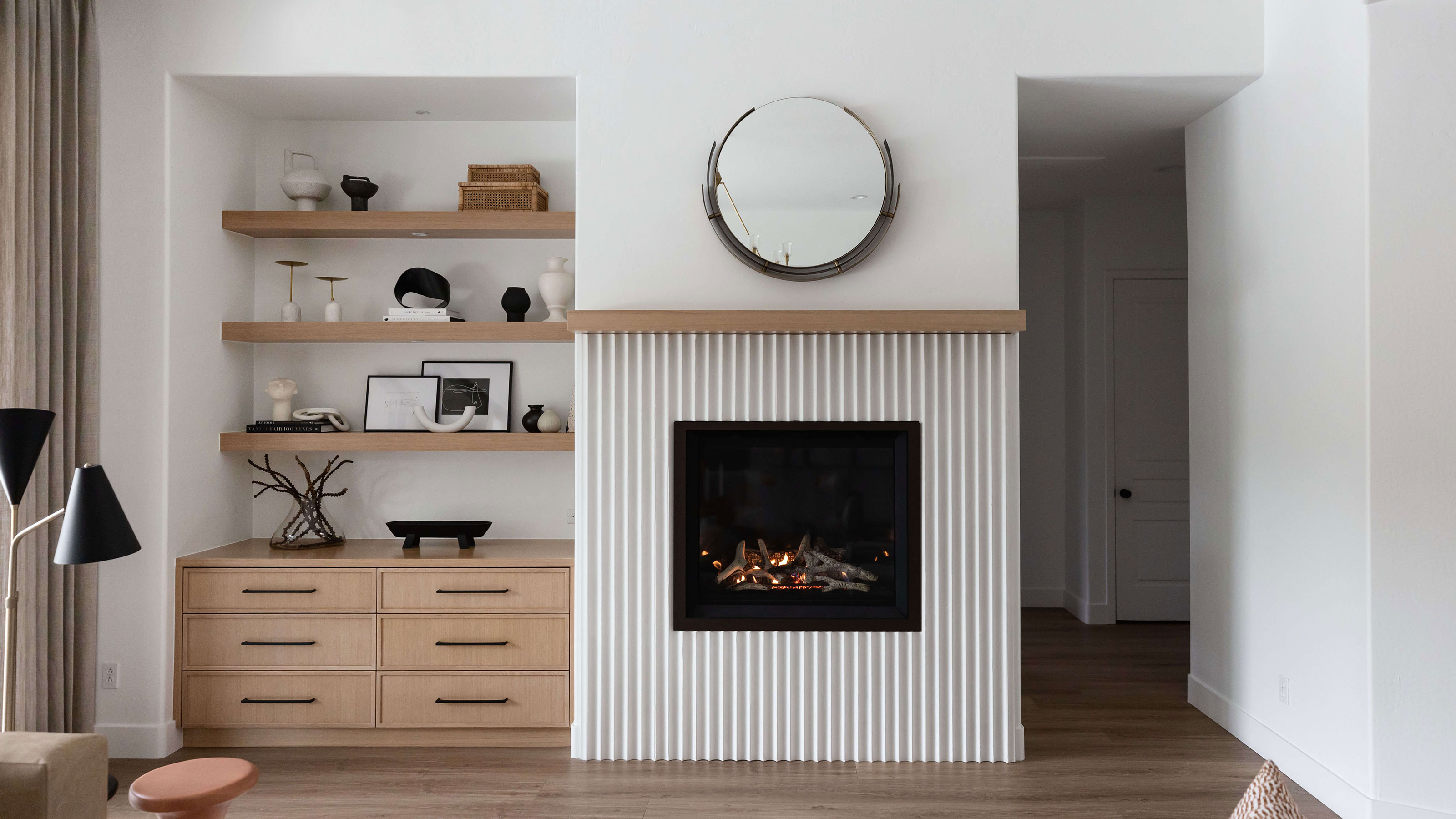

With the current cost of living, leaving the heating on all day isn't always an option for keeping the house warm.
Having lived in an old Victorian terrace for over a year, I have been trying out several methods for keeping the warm air in my house for longer after the heating switches off, helping me to cut energy bills without sacrificing my comfort.
These are my five best ways to keep your house warm without increasing the heat, and why they work so well to save money at home.
How to keep your house warm without turning up the heat
These five tricks help to retain existing heat even when your home isn't well insulated, and I wouldn't get through winter without them.
1. Use thermal curtains across external doors
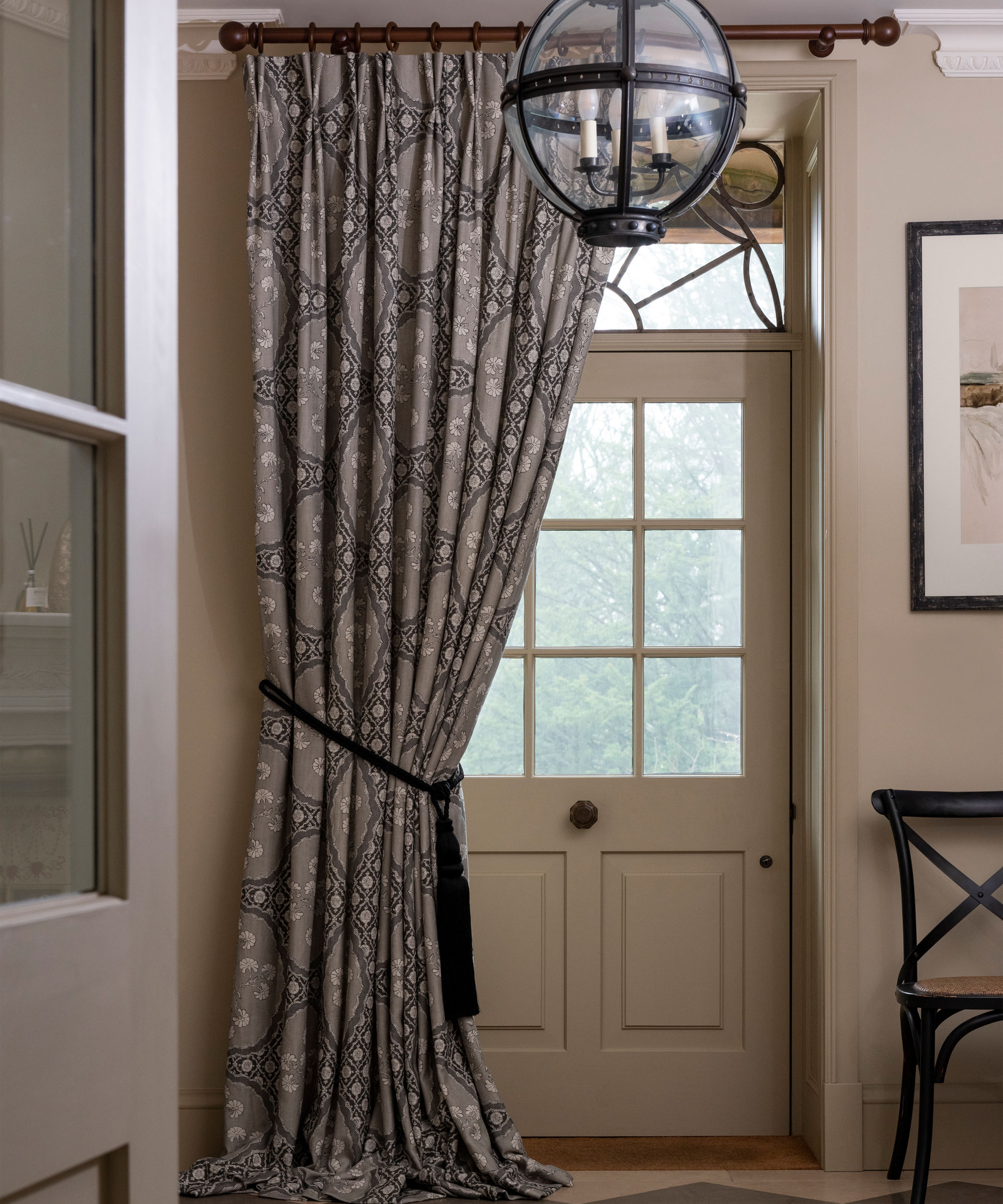
Thermal curtains are essential for me throughout the year, but especially in winter.
Curtain ideas are not only reserved for windows, and I always ensure my front and back doors are covered by a thermal curtain, with some of the curtain pooling on the floor to act as a draft blocker. Studies have shown that around 35% of heat escapes through walls and gaps around doors, making blocking off this area essential for keeping existing heat inside my home.
I usually leave this curtain drawn all day, especially when my heating is turned on, to prevent cold air from making my home harder to heat.
2. Don’t doubt the power of draft excluders
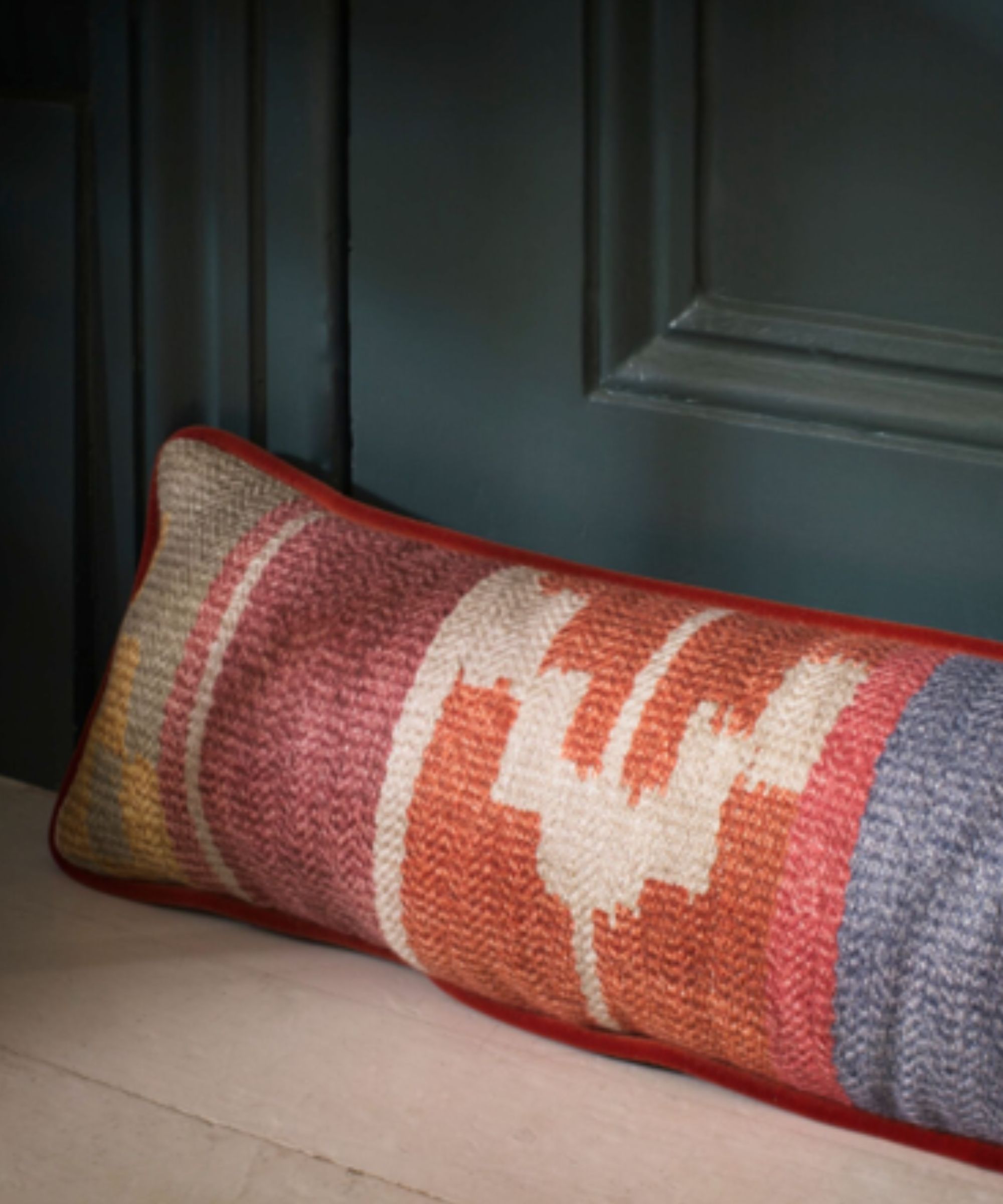
Draft excluders are a must for keeping my house warmer in winter and keeping existing heat in. My top tip is to use excluders across internal doors as well as external doors to make heating one space simpler and more affordable.
For example, I always jab a draft excluder along the bottom of the door between my unheated kitchen and the living room to keep my living spaces cozy for less.
When fixing a drafty door, I use moveable draft excludes, such as these weighted draft excluders from Amazon, so that I can stow them away in summer to help my house stay cool, but you can opt to stick on draft strips made of foam or brush if you want a more permanent solution.
Underdoor Draft Stopper | $19.99 at Amazon
This sticky draft blocker is a great semi-permanent solution to stop drafts throughout your home on both external and internal doors.
3. Seal off windows
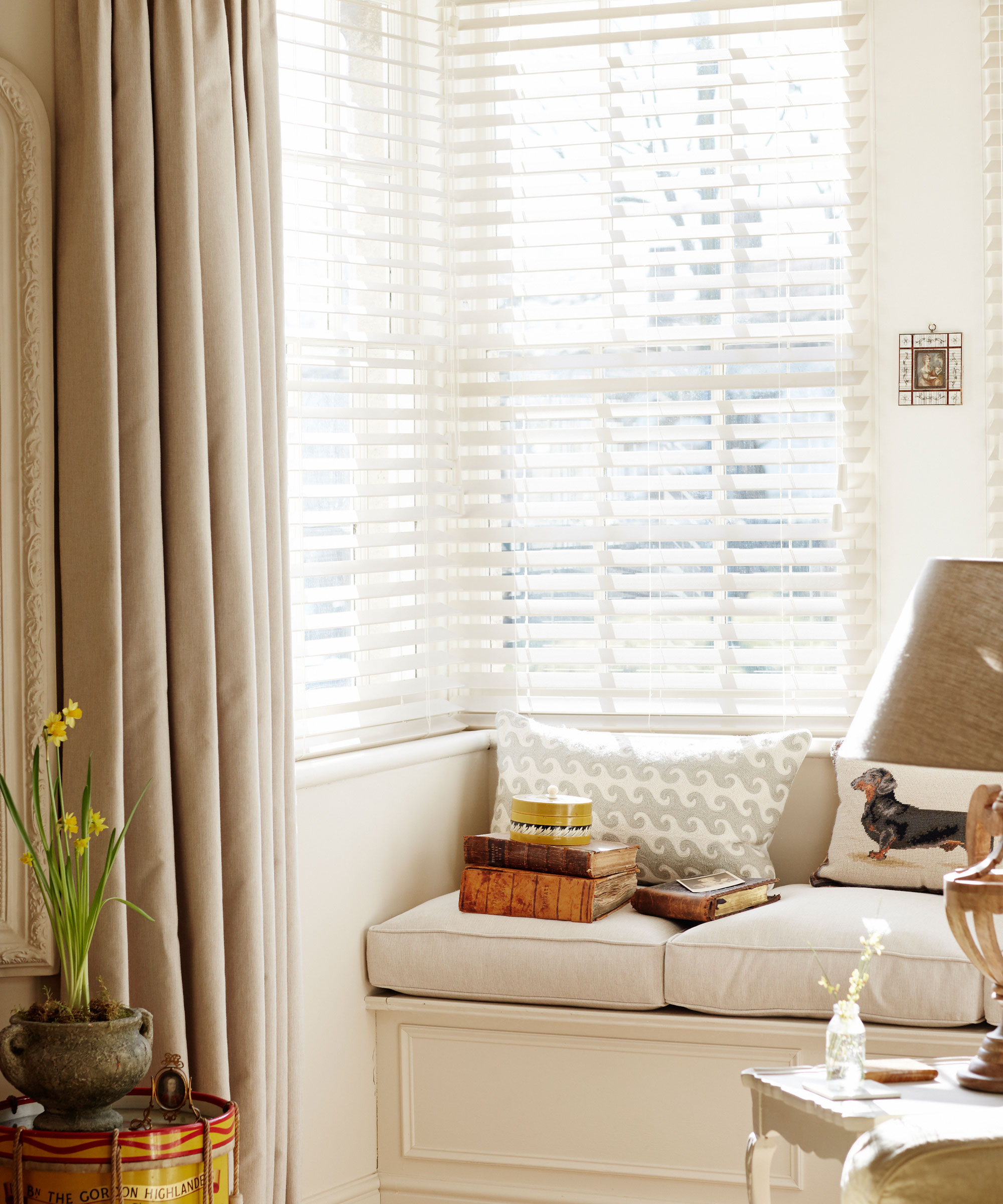
Even with double glazing, windows are a key source of heat loss and cold air in my house. When I put the heating on, I always make sure to close them off with thermal curtains to keep the cold air trapped on one side.
Another draft-proofing tip is to seal the windows off with film throughout winter, although it is important to note that this will prevent you from opening the windows to air out your house if needed. To do this, you can stick a section of saran wrap over your window recess before using a hair dryer to mold the wrap to your window frame, helping it to stay in place throughout winter.
4. Keep heat vents and radiators uncovered
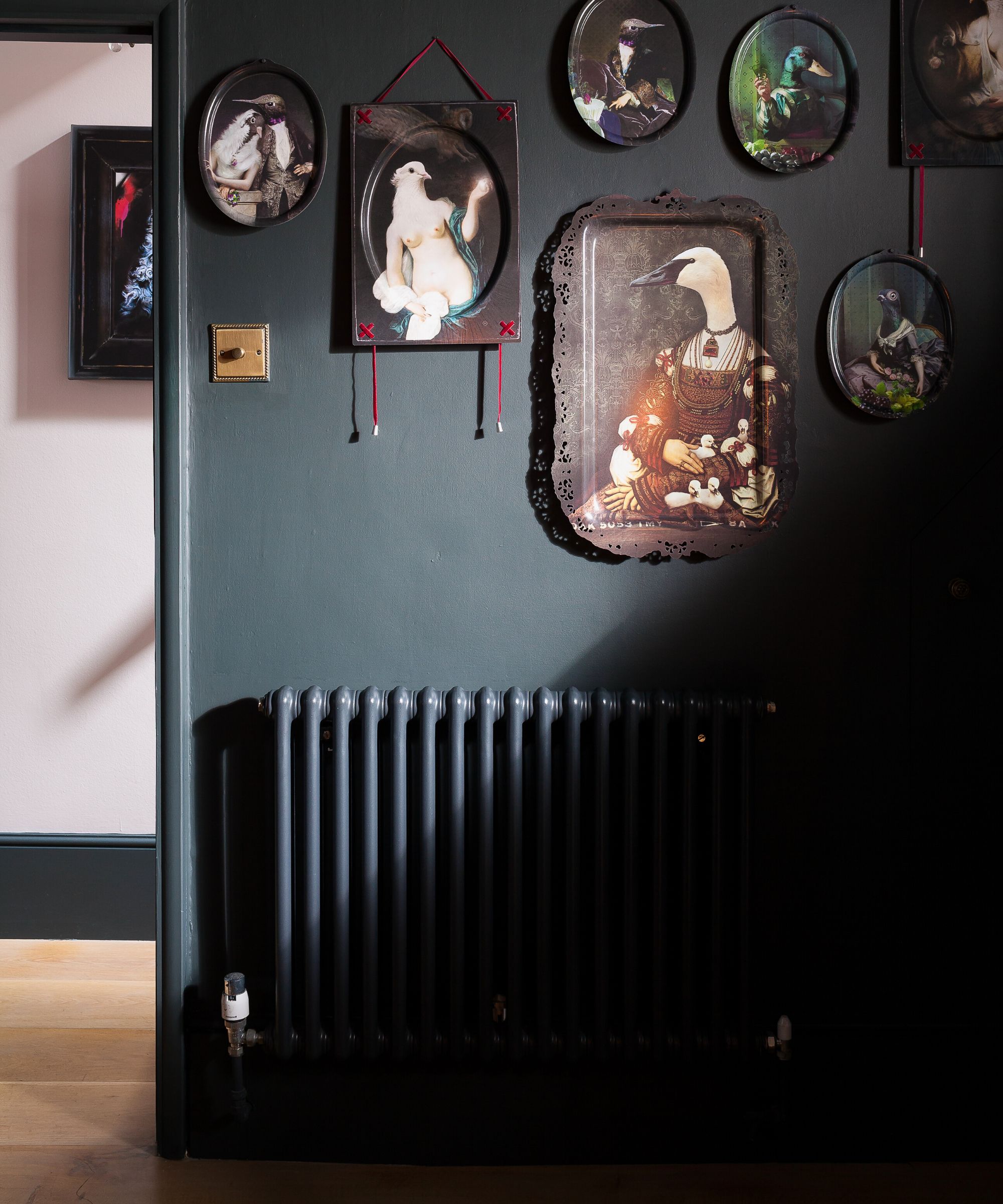
Although heat vents and radiator covers look better than the objects they are covering, covering these essential heating elements up is a great way to waste money on bills.
I only have one home heating type – wall-mounted radiators underneath each of my windows, so I make sure to hike the curtains up and lay the bottoms on the window sill to simultaneously uncover the heaters and keep the windows closed off. The result is a much warmer room in half the time.
I will usually leave the curtains pulled to and set on the ledge after the radiators turn off too to help keep the room feeling warmer for longer. If you have heat vents, ensure they are free from furniture, curtains, and rugs when they are heating your home.
5. Keep internal doors closed
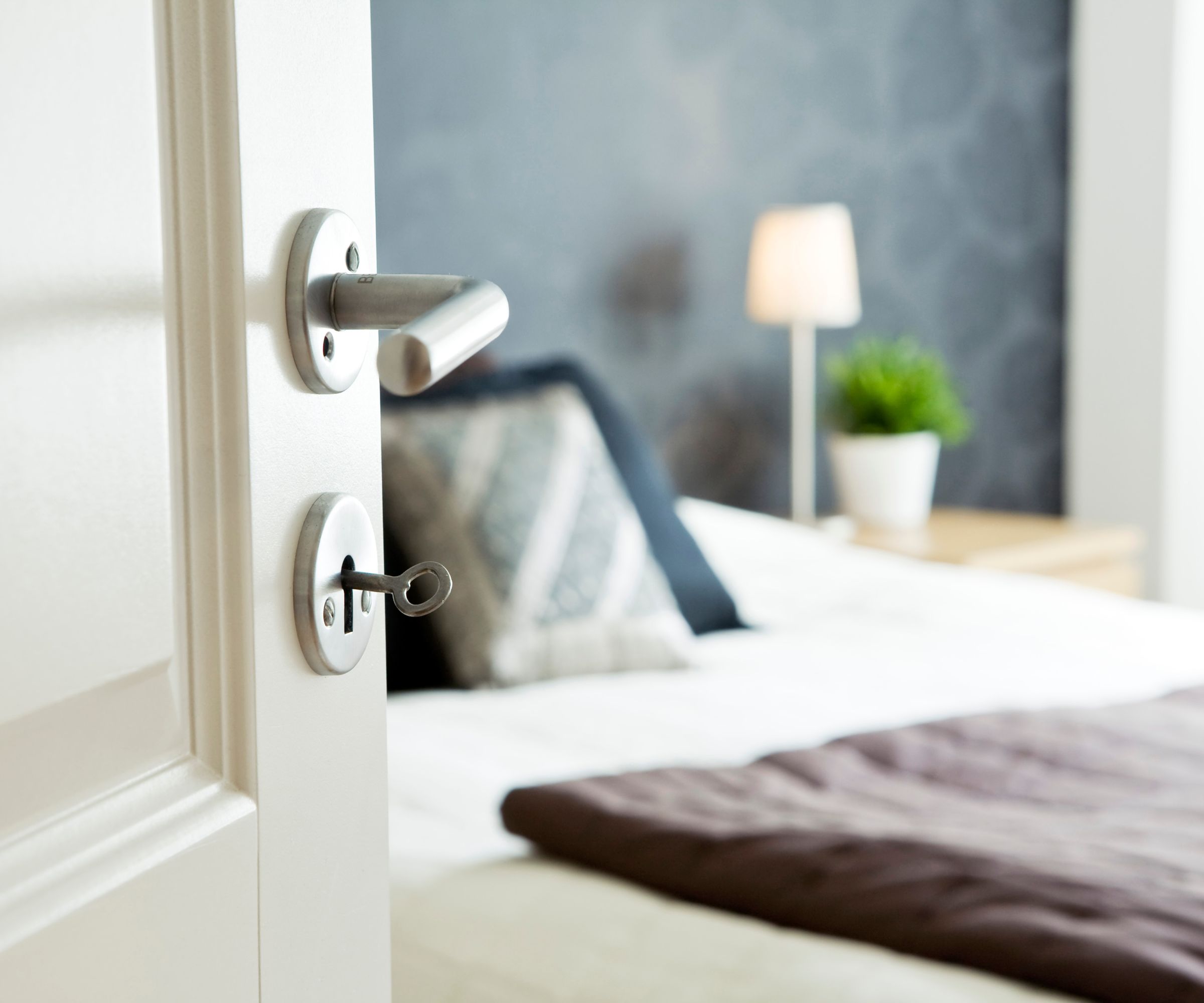
It is much easier to heat a smaller space than it is a large open one. Closing internal doors helps to warm up the rooms entirely by keeping the warm air concentrated in one place, and preventing heat from escaping, which is also a great trick if you need to heat your house when the furnace has gone out.
Just be sure to open the doors periodically throughout the day to ensure good ventilation and airflow throughout the building to prevent mold and musty smells.
Problems arise when it comes to my downstairs space, which is an open-plan living diner. There is little I can do to make this space smaller and easier to heat, but having a few spaced-out heaters helps maintain a more consistent temperature throughout the room.
FAQs
Why does my house lose so much heat?
Your house may lose heat quickly if it is not well insulated. This is often the case with older-period properties that were built before modern-day insulation techniques and do not have the space to add cavity wall insulation. You can improve this by adding in roof insulation and using specialized paints such as anti-condensation paint to help maintain a steady temperature in your home without mold developing.
What is the biggest source of heat loss in a house?
One of the most common sources of heat loss in a house is through the walls. Most roofs are well insulated already, but thinner walls, and walls without cavities, allow cold air in and hot air out. This then increases your energy bills as it takes more energy to heat up your space entirely and the heat doesn't last as long.
Although many of these heat-retaining tricks are designed to keep heated air in, they can also help to keep a bedroom warm without heating, or keep a living room warm without heating too, by improving insulation and keeping cold air out.
Design expertise in your inbox – from inspiring decorating ideas and beautiful celebrity homes to practical gardening advice and shopping round-ups.

Chiana has been at Homes & Gardens for two years and is our resident 'queen' of non-toxic living. She spends most of her time producing content for the Solved section of the website, helping readers get the most out of their homes through clever decluttering, cleaning, and tidying tips. She was named one of Fixr's top home improvement journalists in 2024.
